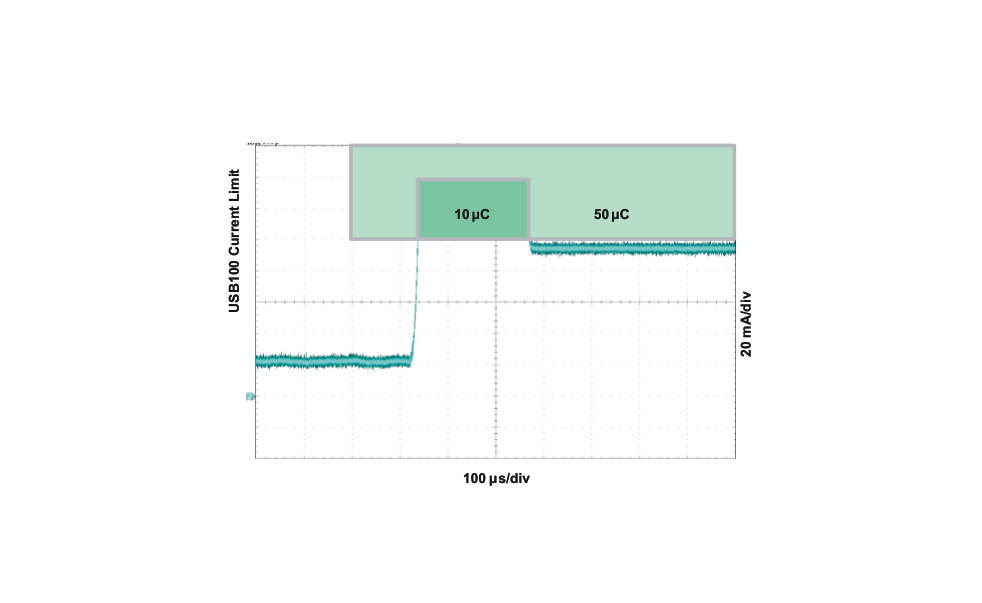ZHCSH01B October 2017 – November 2018
PRODUCTION DATA.
- 1 特性
- 2 应用
- 3 说明
- 4 修订历史记录
- 5 (说明 (续))
- 6 Device Comparison Table
- 7 Pin Configuration and Functions
- 8 Specifications
-
9 Detailed Description
- 9.1 Overview
- 9.2 Functional Block Diagram
- 9.3 Feature Description
- 9.4 Device Functional Modes
-
10Application and Implementation
- 10.1 Application Information
- 10.2 Typical Application – bq24079QW-Q1 Charger Design Example
- 11Power Supply Recommendations
- 12Layout
- 13器件和文档支持
- 14机械、封装和可订购信息
封装选项
请参考 PDF 数据表获取器件具体的封装图。
机械数据 (封装 | 引脚)
- RGT|16
散热焊盘机械数据 (封装 | 引脚)
- RGT|16
订购信息
9.3.4.1 Input Source Connected (Adapter or USB)
With a source connected, the dynamic power-path management (DPPM) circuitry of the bq24079QW-Q1 monitors the input current continuously. The OUT output for the bq24079QW-Q1 is regulated to a fixed voltage (VO(REG)). The current into IN is shared between charging the battery and powering the system load at OUT. The bq24079QW-Q1 has internal selectable current limits of 100 mA (USB100) and 500 mA (USB500) for charging from USB ports, as well as a resistor-programmable input current limit.
The bq24079QW-Q1 is USB IF compliant for the inrush current testing. The USB spec allows up to 10 μF to be hard started, which establishes 50 μC as the maximum inrush charge value when exceeding 100 mA. The input current limit for the bq24079QW-Q1 prevents the input current from exceeding this limit, even with system capacitances greater than 10 μF. Note that the input capacitance to the device must be selected small enough to prevent a violation (<10 μF), as this current is not limited. Figure 20 demonstrates the startup of the bq24079QW-Q1 and compares it to the USB-IF specification.
 Figure 20. USB-IF Inrush Current Test
Figure 20. USB-IF Inrush Current Test The input current limit selection is controlled by the state of the EN1 and EN2 pins. When using the resistor-programmable current limit, the input current limit is set by the value of the resistor connected from the ILIM pin to VSS, and is given by the equation:
The input current limit is adjustable up to 1.5 A. The valid resistor range is 1.1 kΩ to 8 kΩ.
When the IN source is connected, priority is given to the system load. The DPPM and Battery Supplement modes are used to maintain the system load. These modes are explained in detail in the following sections.